Over Too Soon: Ten Artists, One Weekend
Julia Durst took in Ten Artists, One Weekend at Washington Galleries in Duluth. She wishes it was up longer, but these artists work can also be seen on mnartists and in Duluth galleries.
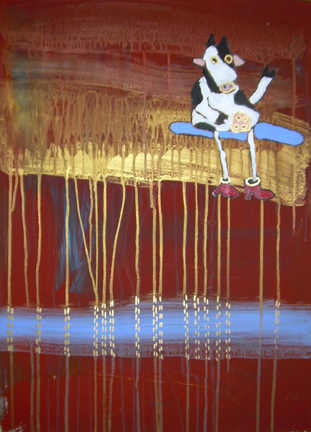
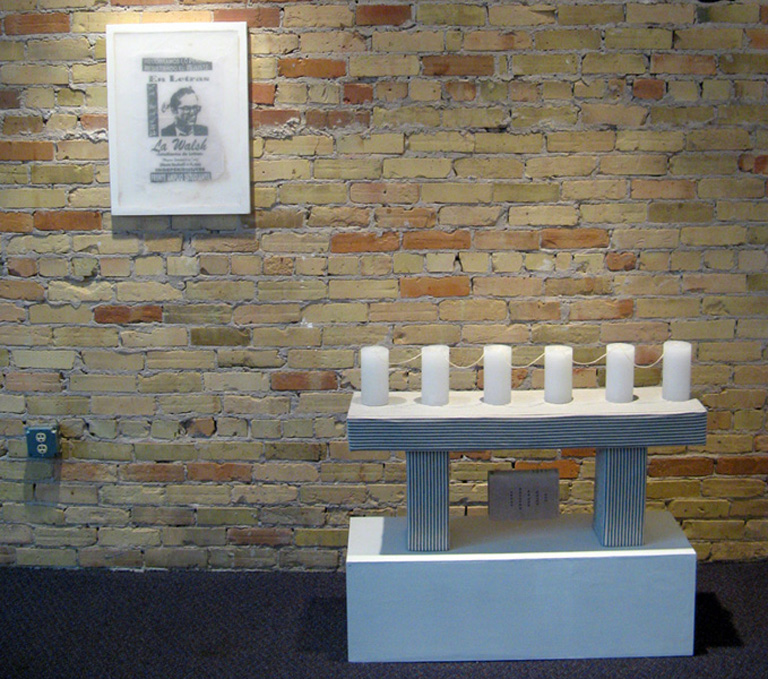
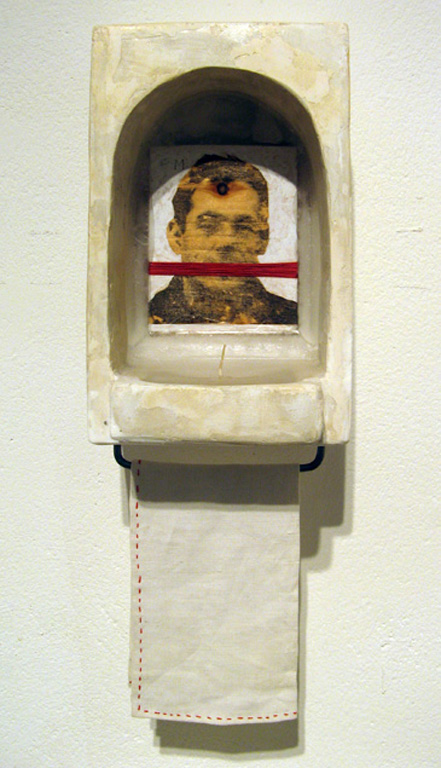
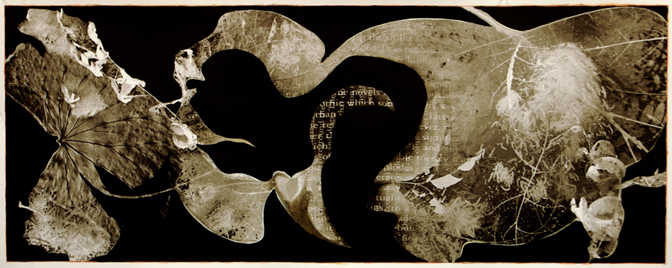
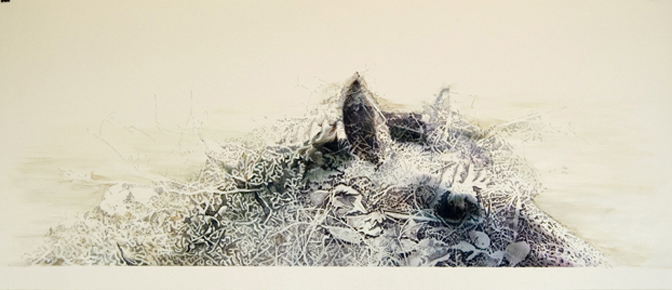
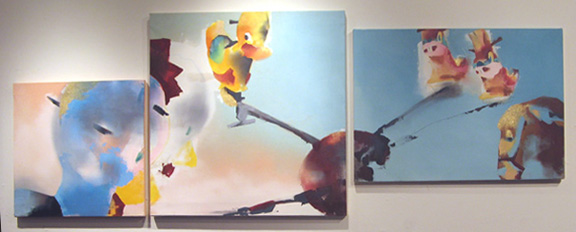
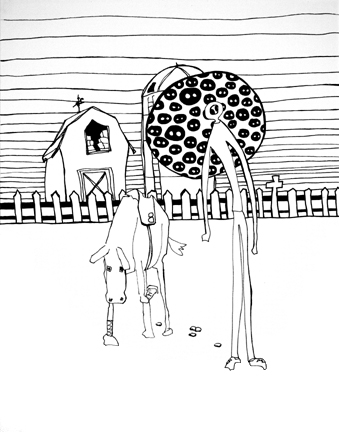
A visit to Washington Galleries ensures one of two extremes. The space will either be eerily vacant (usually during regular gallery hours) or throbbing with energy and chatter (typical of opening reception evenings). My March 23rd visit to the gallery, housed in Duluth’s residential artist co-op, was the latter. People spilled into the hallway as artists hobnobbed and friends reconnected over free booze. A local politico worked the crowd, newborn baby strapped to his chest.
The evening had a good vibe and an incredible turnout, which I attribute to two factors: 1) the brevity of the exhibit (three days!); and 2) the all-star roster of artists involved. “Ten Artists, One Weekend” featured art in several media by some established local luminaries.
Painters Adu Gindy and Russell Gran each contributed three pieces variously consistent with their respective celebrated styles. Gindy deviated from her usual bright, large canvases, instead depicting her familiar animals and sweeping colors on paper. The work, with its paint drips and transparent layers, was less bold and more “organic” than the big canvas paintings. The subtleties were rewarding.
Gran, meanwhile, flaunted his usual smooth-surfaced, stylized realism in three great acrylics. “Self-Portrait” inevitably calls for a Chuck Close comparison: Gran also faithfully portrays all features, good and bad, warts, follicles and all. Gran’s bright Kool-Aid palette transforms dental imperfections into a cute eccentricity. I wonder, Is this really Gran? Having never met the artist, I can’t attest to the painting’s accuracy. I took the title at its word.
Popular culture was the fodder for Eric Dubnicka and Chris Monroe, who each responded to stories that have dominated the cable news networks. Dubnicka stepped away from his trademark abstract paintings to present three line drawings, each containing the familiar head/eye pattern typical of his paintings. “Trimspa,” “RIP Barbaro,” and “What Happened to the Girl in the Well?” document our morbid national obsessions; the drawings are funny but not cartoonish. His sculpture “She’ll Never Know They Were Wrong”, something of an aberration in the mostly wall-art show, was positively delightful– a Giacometti version of an anorexic Gumby, whitewashed and adorned with breasts that dangle like stretched-out gym socks.
Of Monroe’s two pastels, one was stronger in concept, the other in execution. “Snow,” with its scribbles of white dwarfing the small figure, conjured memories of Duluth’s record snowfall a few weeks ago. Her other piece, a wittier and more Monroe-ish idea, looked rushed and lacked rich color. It depicted a forlorn-looking child in a barren field. The title? “Waiting for Angelina.”
Elsewhere in the gallery, Andrew Witrak’s mixed media sculptures were disarmingly beautiful and their titles read like pure poetry (“I Dreamt I Was Patient, Concerning Wars”; “A Memory I Don’t Possess”). Digital prints with acrylic by Carla Stetson whispered like fossils, an achievement for large-format works in such a graphic medium. Jen Dietrich offered work from her “Kennedy Series” and Bill Shipley showed three tight, bright gouache-on-canvas abstracts. Cecilia Ramon’s walnut, glass, and copper sculpture hinted at her larger body of work currently at the Duluth Art Institute.
The show-stealer for me (defined only by how much I thought about it and described it to others in days to follow) was “Childhood Triptych” by Crystal Meisinger. Mounted high on the gallery wall, the series captured a dizzying playground moment frozen in time. The metal animals with their freakish Disneyfied eyes, the tilt of the structure to which they’re affixed, the gentle glow of distant sky… It’s a collective memory for the subset who grew up pre-plastic-everything, when legs stuck to hot metal or burned on griddle-like slides during summertime play. Meisinger’s other pieces are eclipsed by the triptych and rendered forgettable. But what could possibly survive in the shadow of the playground ducky?
The show warranted a longer run, but rumor has it accidents of scheduling limited it to just one weekend. The concept could be well-marketed if intentional– a fast, fabulous, tight show that must be seen now or will be missed. I’m sure some missed “Ten Artists, One Weekend.” That’s a shame. Next time, go. Even if it’s packed full and you prefer to experience art in solitude, go. Rarely does Washington Galleries disappoint.